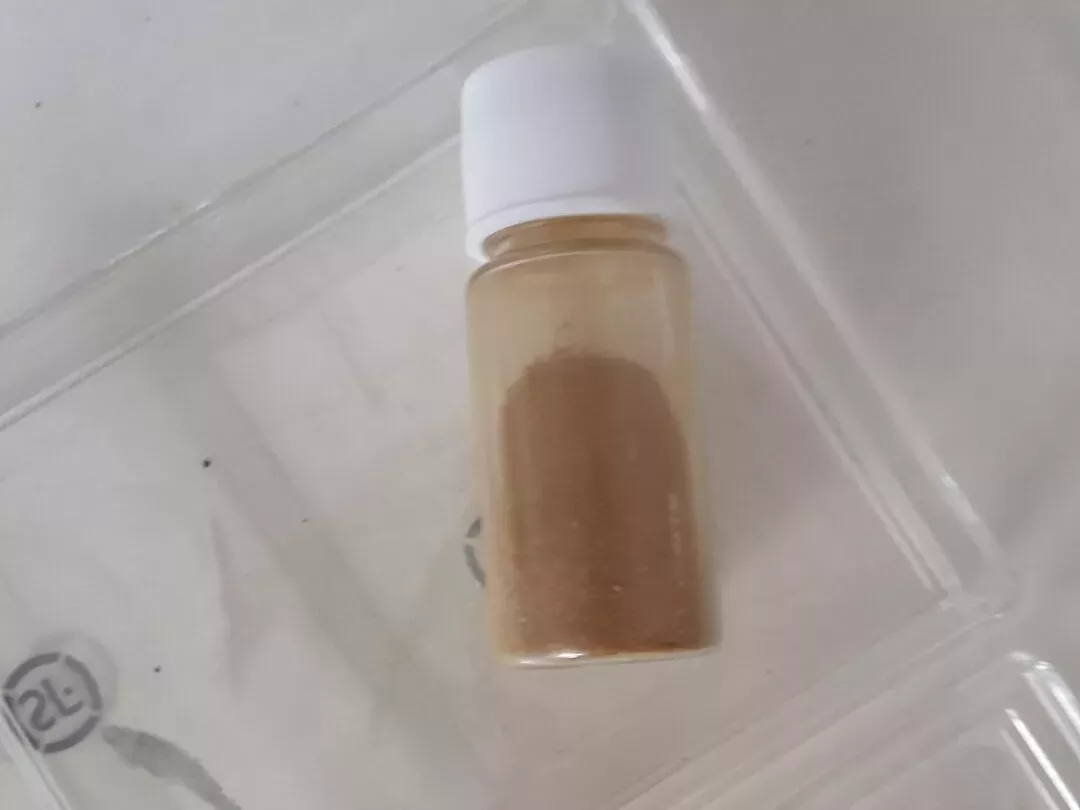Gallium phosphide powder is dark yellow cubic crystal fine particles, which is a semiconductor compound. It is hard to dissolve in dilute hydrochloric acid, concentrated hydrochloric acid and nitric acid. There are two main production methods at present, High pressure single crystal furnace liquid seal technology and extension method.
GaP is a valuable semiconductor material widely recognized for its unique optical and electrical properties, making it essential in optoelectronics, light-emitting diodes (LEDs), and photovoltaic applications. Its ability to emit visible light in various wavelengths, combined with its stability and versatility, allows GaP to be a cornerstone material in devices that require efficient light emission, detection, and energy conversion.

Gallium Phosphide Powder
Purity:99.999%, Size:irregular pieces or powder
| CAS No.:12063-98-8 | EINECS No.:235-057-2 | Molecular Formula:GaP | Molecular Weight:100.69 |
| Density:4.13 | Melting Point:1465℃ | Flash Point:110℃ |
Applications
Gallium monophosphide apply to InGaAsP/InP of high conversion rate in solar cell. LED needs phosphide compounds as GaP, GaAsP and so on. Red LED need GaP or GaAsP and so on. Yellow and Orange LED need GaAsP as principal part.
One of the primary applications of GaP is in LED technology. Due to its wide bandgap and efficient light-emission capabilities, GaP plays a part in producing LEDs that emit green, yellow, and red light, making it suitable for displays, indicators, and lighting solutions. GaP LEDs are common in consumer electronics, automotive displays, and signaling devices, where clear, vibrant light output is essential. GaP-based LEDs are also highly energy-efficient, contributing to the development of sustainable lighting technology.
In optoelectronics, GaP plays a crucial role in devices that rely on light sensing and emission. GaP serves in photodetectors, optical sensors, and laser diodes, which are integral to applications in telecommunications, medical equipment, and imaging systems. Its ability to operate in visible light ranges enhances the performance of optical components and enables the creation of compact, high-performance optoelectronic devices.
Gallium phosphide also has potential in spintronic and photovoltaic technology, particularly in multijunction solar cells. As a material capable of capturing sunlight efficiently, GaP can be layered with other semiconductor materials to improve solar energy absorption and conversion efficiency. This makest it suitable for high-efficiency solar panels used in space applications, where energy density and durability are critical.
